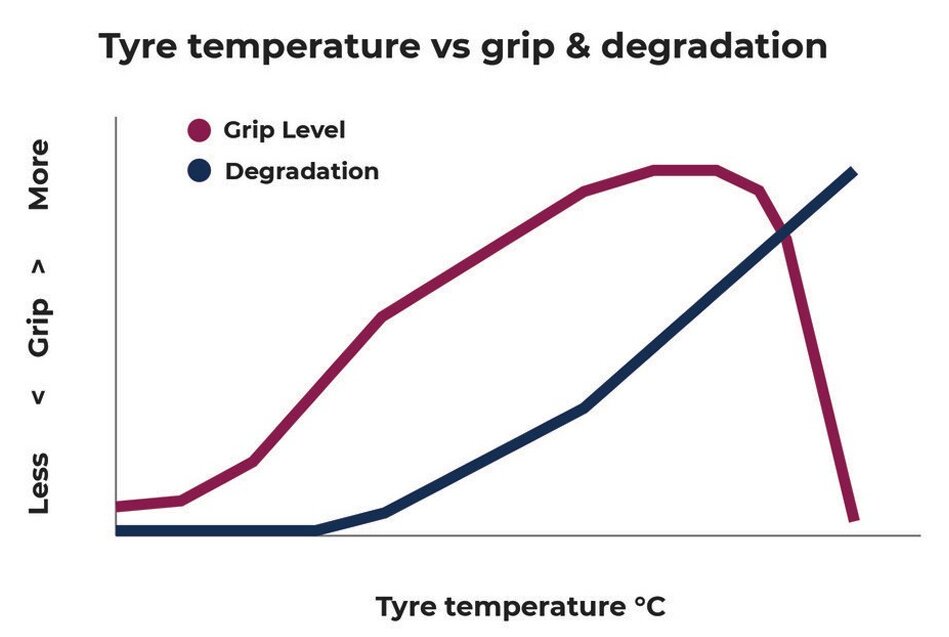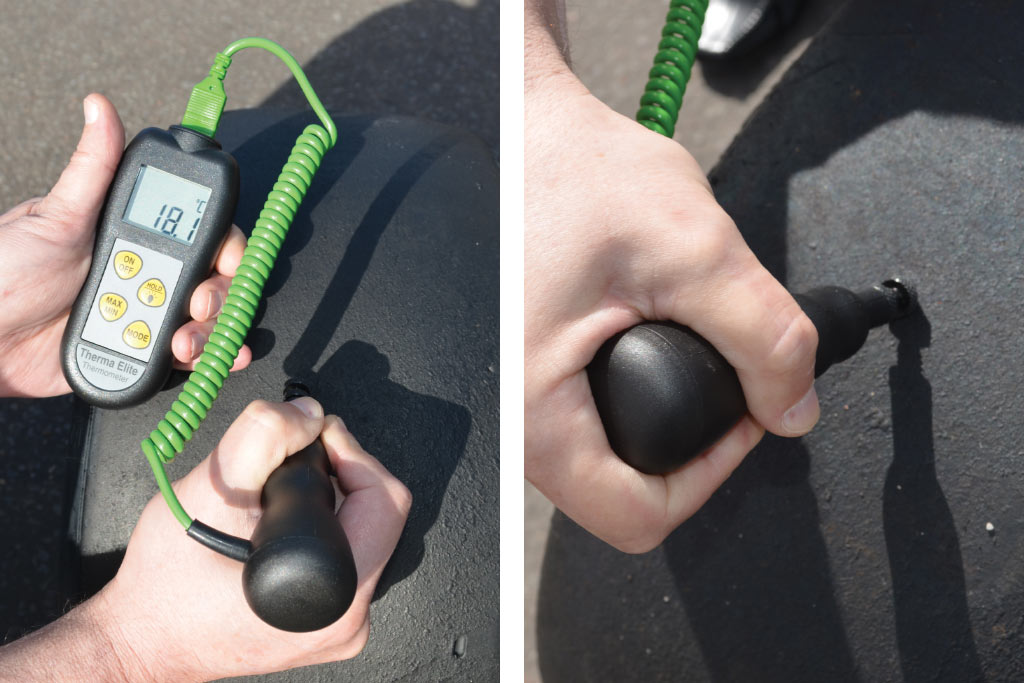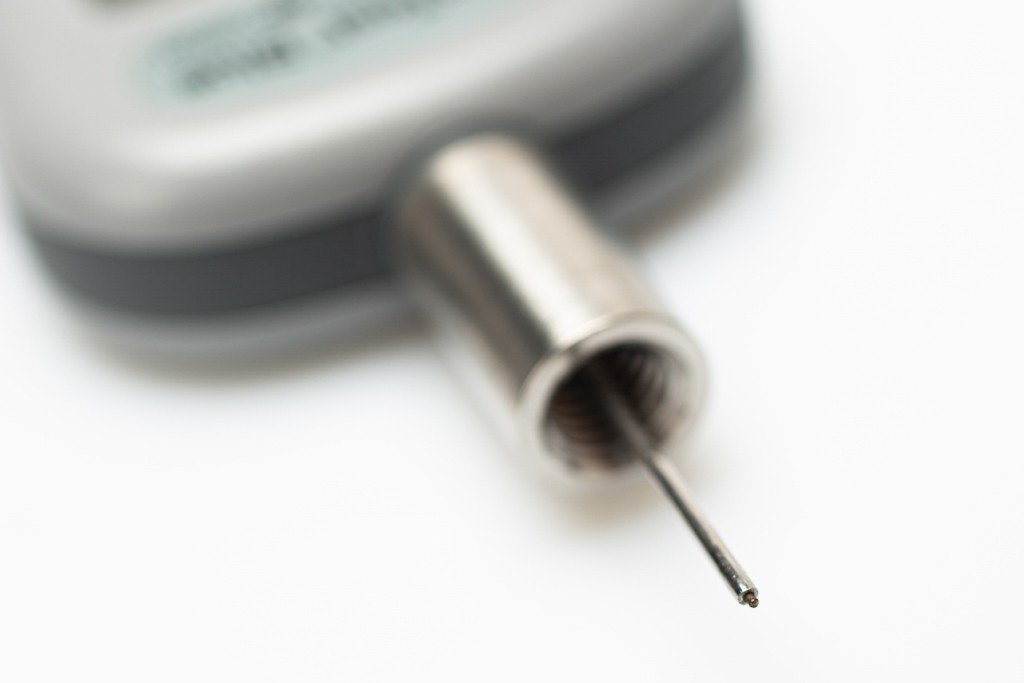Tyre Temperatures: The Key to Motorsport Success

This year ETI are delighted to team up with Hills Motorsports by supporting West Sussex based racing driver Aidan Hills. Our sponsorship will assist Aidan as he prepares to compete in the 2021 Protyre Motorsport Ginetta GT5 Challenge with big ambitions for a podium finish in his debut season.
As a leading manufacturer of temperature monitoring solutions, we felt there was a real synergy between our products and Hills Motorsports, so we spoke to Aidan about how monitoring and maintaining optimum tyre temperatures is integral to his performance on the track.
The importance of tyre temperature when racing competitively is critical to success as this will affect the road grip and handling balance of a car. Aidan explained, “If the tyres are too cold, the chemicals in the rubber will go rock hard and if too hot, the rubber will literally melt. Both scenarios will compromise the drive and a temperature somewhere in the middle will give you the best grip and minimum degradation so for this reason, a digital thermometer and tyre probe are essential kit”.

The temperature range required for tyres to have the greatest grip is dependent on the vehicle and tyre type. Degradation, where the tyres wear out and lose grip, is directly proportional to the tyre temperature. This means that once the tyres pass the perfect temperature for grip, the level of degradation becomes very high and the grip will once again drop to a low level.
Motorsports are renowned for being costly, tyres included, so keeping the level of degradation down is important for reducing costs. Each set of tyres on Aidan’s Ginetta GT5 costs £800 and they are only allowed 20 tyres per season in their allocation. This means if they burn through their tyre allowance too quickly, they’ll only have degraded tyres to use at the end of the season. Looking after the tyres is therefore essential to making their equipment last as long as possible.

There are a number of factors which affect the tyre temperature, and these elements must be balanced and controlled in order to maximise the length of time that the tyres are within the optimal temperature range throughout the race. “Tyre temperature and pressure work hand in hand. The lower the tyre pressure, the more the tyre moves over the rim, which in turn makes the tyre hotter” Aidan tells us, “But when the tyre gets hotter, the pressure comes up as well, so you have to find an equal between the two to have the perfect grip.”
Another element affecting the temperature is camber angle; tyres have three sections which will heat up more or less depending on the amount that the wheels tilt inwards or outwards. “Inside is always the hottest, the middle is the temperature we normally go for, and the outside is the coolest” Aidian explains, “You can adjust the angle of the wheels accordingly by checking the temperatures and seeing which parts get too hot or not hot enough.” Balancing these temperatures will be integral to ensuring there isn’t a lack of grip or disproportionate amount of wear on one section of the tyre.

Formula 1 teams have tyre warmers to ensure they are warm enough to have good grip as soon as they hit the track, but lower levels of motorsports do not have this luxury. This means that they need to drive accordingly at the beginning of the race in order to raise the temperature, as well as being conscious of not overheating them towards the end. “It really affects how people drive” Aidan says, “At the beginning of the race you can be quite aggressive with the wheel to warm up the tyres, but in the middle you’ve got to be really smooth with the steering to prevent overheating. It doesn’t matter if you’re in the lead, if you enter the last 5 minutes with overheated tyres you’re not going to win.”
Aidan concludes, “A lot of people don’t realise how much difference the car makes, they think whoever is the best driver wins the race but it’s really not like that at all. Half of it is who you’ve got behind you, how good your car is and how clever you can be with it.”
You can keep up to date with Aidan’s journey at aidanhills.com

About Aidan Hills
Aidan started racing in 2005, and enjoyed 5 years of go-karting, winning 3 titles in 5 years. After a successful karting career Aidan then moved on to Rallycross in 2011 winning the championship in his first year together with the Junior Rallycross Grand Prix title. He then competed in the swift rallycross championship, with multiple race wins and podium finishes. In 2017, he moved away from Rallycross to compete in the Mazda MX-5 Supercup, picking up the Rookie of the year Award, and returned in 2018 becoming a race winner and finishing 3rd in the championship. In 2019 Aidan had a remarkable season winning 8 races and also finished 3rd in the MX-5 Supercup for the second year running. After sitting out the 2020 season to focus on starting up his own race team Hills Motorsport, the 25-year-old is excited to return to the grid and start racing again this year.